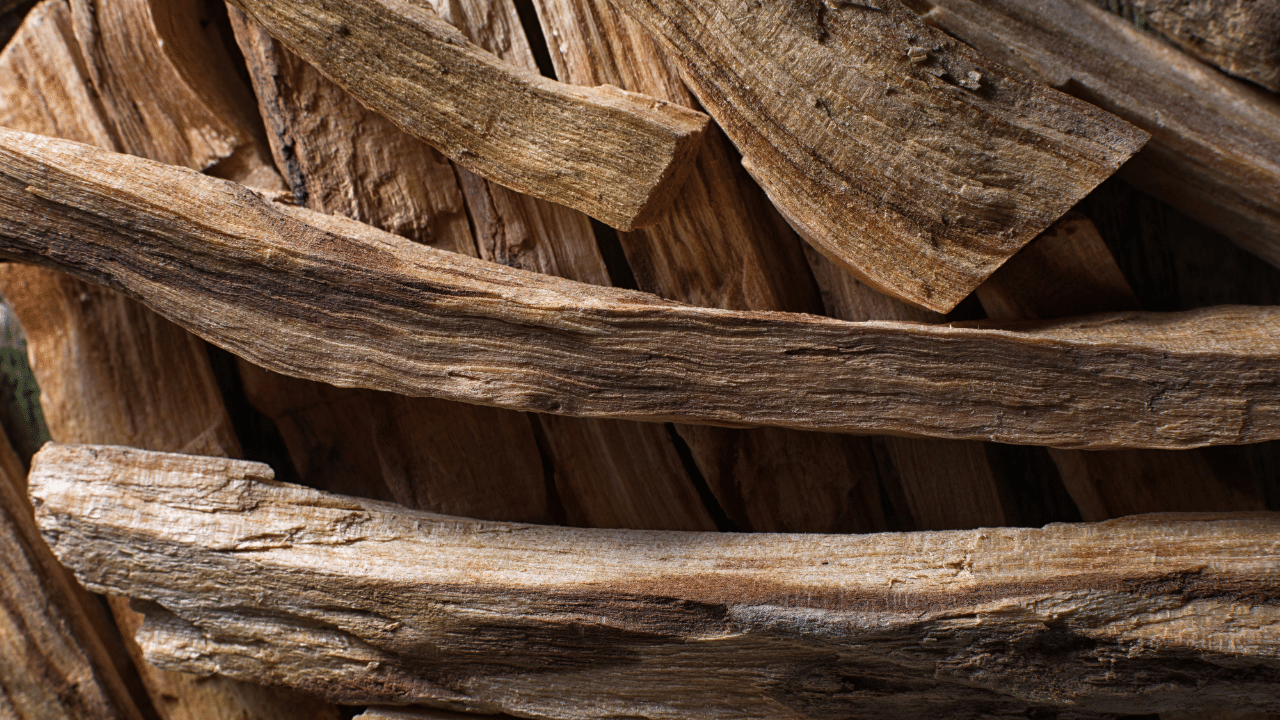Holy What?! Getting to the Source

Botanical Names
It is vital to understand the value and importance of Latin scientific names, also known, for plants, as botanical names. A botanical name is binomial in that it is made up of two parts: the first part indicating the genus of the plant, and the second part, the species. For example, Bursera graveolens (Figure 1) begins with the name of the genus – Bursera - followed by the name of the species - graveolens. Botanical names are universally recognized and help to consistently reference and catalog species.
 Figure 1. Bursera graveolens
Figure 1. Bursera graveolens
Unlike the common names of plants – names like ‘holy wood’ - botanical names are specific, accurate and consistent as they are scientifically recognized throughout the world. In contrast, the same common name can refer to a variety of different botanical species.
For example, the common name ‘palo santo’ is used by local peoples in different geographical regions to describe two very different species: Bursera graveolens and Gonopterodendron (formerly as Bulnesia) sarmientoi. Unlike a botanical name, common names have no bearing on the scientific differentiation of species.
Botanical names function to differentiate between different species within the same genus – for example, Bursera graveolens and Bursera morelensis – and different genera that share the same common name – for example, Bursera graveolens and Gonopterodendron sarmientoi.
Palo Santo (Holy Wood) or Guaiacwood?
What people often find confusing is the fact that the common name ‘palo santo’ (‘holy wood’) is applied to both Bursera graveolens and Gonopterodendron sarmientoi — the latter species also commonly known as ‘guaiacwood’. Although these two species share a common name, they are vastly different! Bursera graveolens essential oil consists primarily of limonene, menthofuran, and a-terpineol; whereas Gonopterodendron sarmientoi essential oil consists primarily of bulnesol, guaiol, and 10-epi-y-eudesmol (Prudent et al., 1991; Young et al., 2007).
Common names lead to the kind of misunderstanding that can adversely impact how we support and perceive the conservation status of these species; therefore, always work from the standpoint of the botanical name.
IUCN Conservation Status
Bursera graveolens has ranged from vulnerable to critically endangered over the last 15 years; however, in 2019 it was listed as a species of Least Concern (Samain et al., 2019). Gonopterodendron sarmientoi is classified as endangered (Barstow, 2018) and is trade-protected by CITES.
When sourcing plant material or essential oils, growers, harvesters and processors are encouraged to demonstrate sustainable management through certification, and to provide proof of CITES permits where necessary — as in the case for G. sarmientoi. Even when a plant has been classified as a species of Least Concern, it is advisable to ethically source the material.
Ethical Sourcing
Ethical sourcing requires a good understanding of what part(s) of the tree are being used to extract essential oil. Sustainable harvesting of trees involves use of the felled wood and/or branches, or other parts of the tree, such as the fruit and leaves. It is reinforced in cases where growers can demonstrate the replanting of trees!
Because the same common name can refer to different species, whenever you are uncertain, confirm the product’s Latin scientific name and request a gas chromatography (GC) report for verification.
Always practice ethical sourcing. Doing so helps to protect these precious plants and enrich communities — many of which represent Indigenous people who rely on them for use in their traditional medicine.
Happy sourcing!
About Essence of Thyme College of Holistic Studies
Essence of Thyme College of Holistic Studies offers 300- and 630-hour professional aromatherapy certification programs that help you grow a successful, fulfilling career by specializing and creating your market niche. Professional Level Certification prepares graduates to become aromatherapy consultants, launch product lines or retail businesses, or provide services as an adjunct to existing holistic health specializations. Master Level Certification and electives are ideal for certified aromatherapists seeking higher education or a path to clinical aromatherapy practice.
All Essence of Thyme programs focus on aromatherapy product development and advanced formulation, evidence-based research, spa and business management, international industry regulatory guidelines, and sustainability and conservation of essential oil and carrier oil-bearing plants.
Our comprehensive, evidence-based programs meet or exceed the criteria set forth by 5 international professional aromatherapy associations. Learn more about our aromatherapy certification programs.
Originally published: Ablard, K.M. The Airmid Institute (2019)
References
Ablard, K.M. 2019. Palo santo: the importance of botanical names. The Airmid Institute. www.airmidinstitute.com
Barstow, M. 2018. Bulnesia sarmientoi. The IUCN Red List of Threatened Species 2018: Downloaded on 28 May 2020.
Prudent, D., Perineau, F., Bravo, R., et al., 1991. Preparation et caracterisation d’extraits volatils de bois de Gaiac (Bulnesia sarmienti Lor.). Rivista Italiana EPPOS 5, 35–43.
Samain, M.-S., Fuentes, A.C.D. & Martínez Salas, E. 2019. Bursera graveolens. The IUCN Red List of Threatened Species 2019: Downloaded on 28 May 2020.
Young, G.D., Chao, S. Casablanca, H et al. 2007. Essential Oil of Bursera graveolens (Kunth) Triana et Planch from Ecuador, Journal of Essential Oil Research, 19:6, 525-526, DOI: 10.1080/10412905.2007.9699322
Image: Bursera graveolens by Maša Sinreih in Valentina Vivod - Own work, CC BY-SA 3.0.


